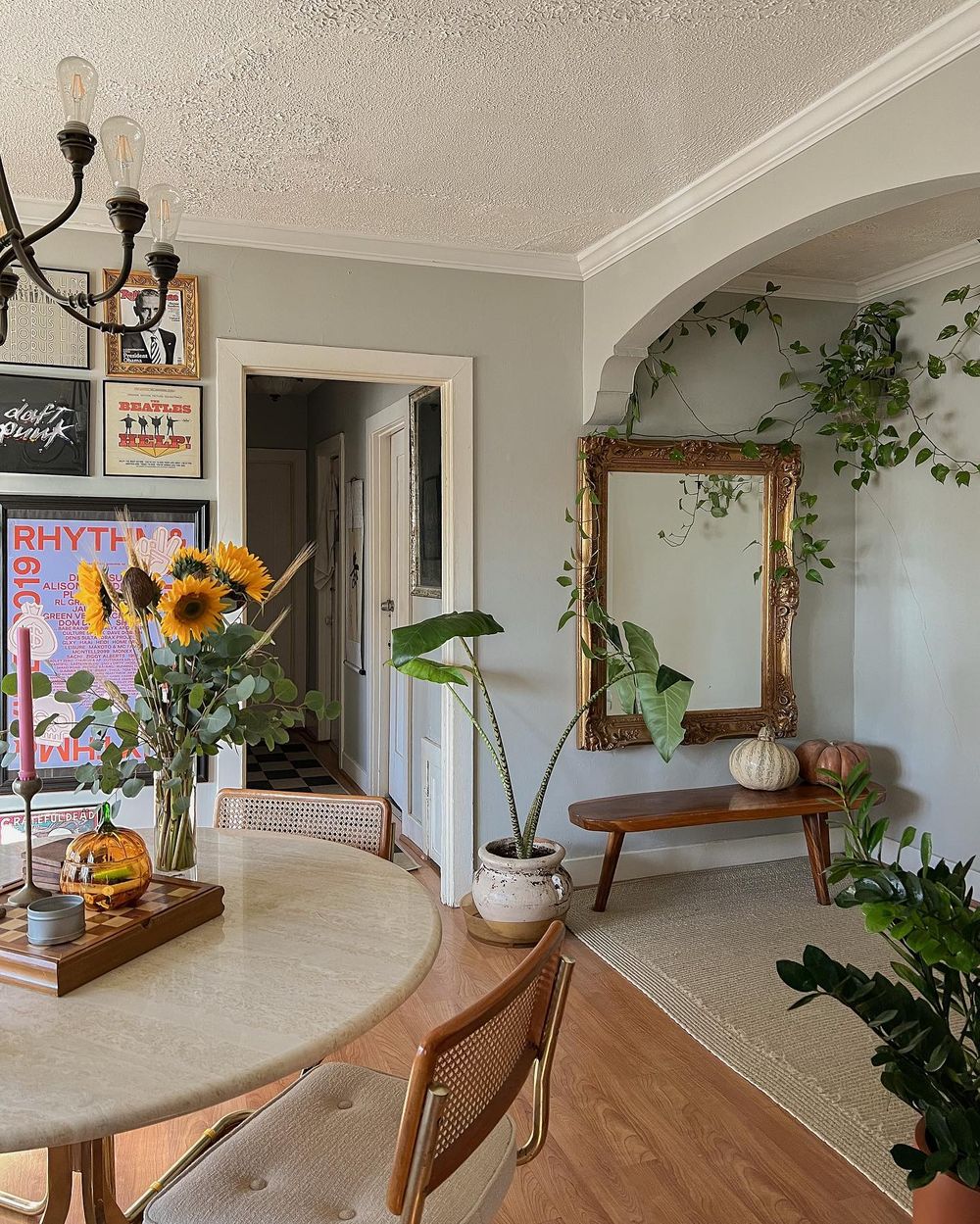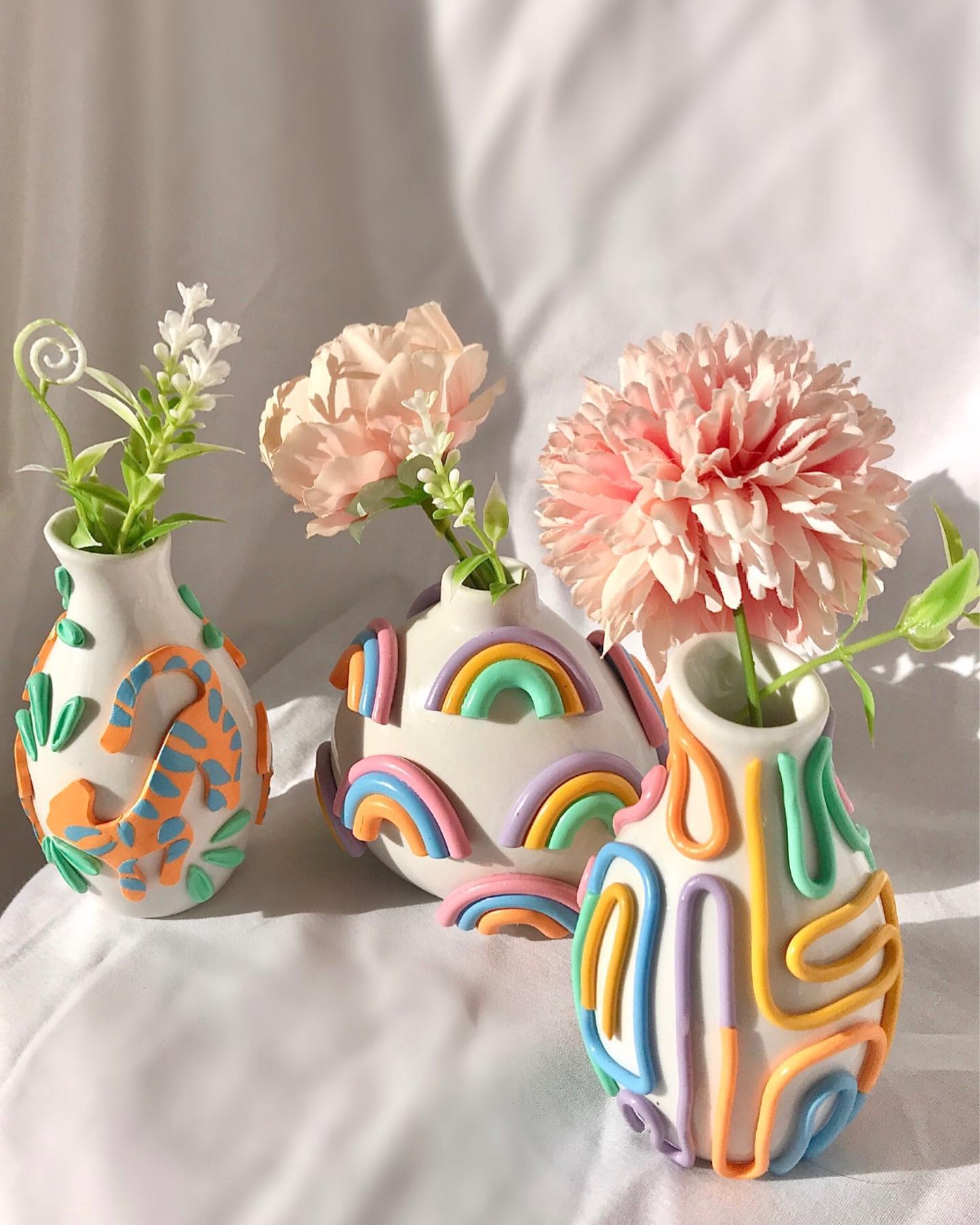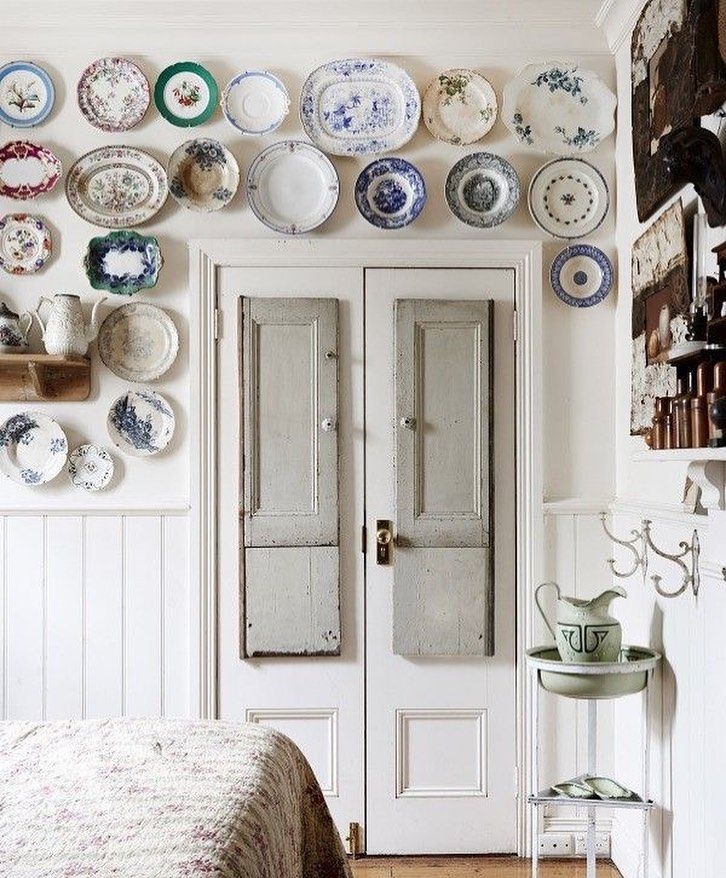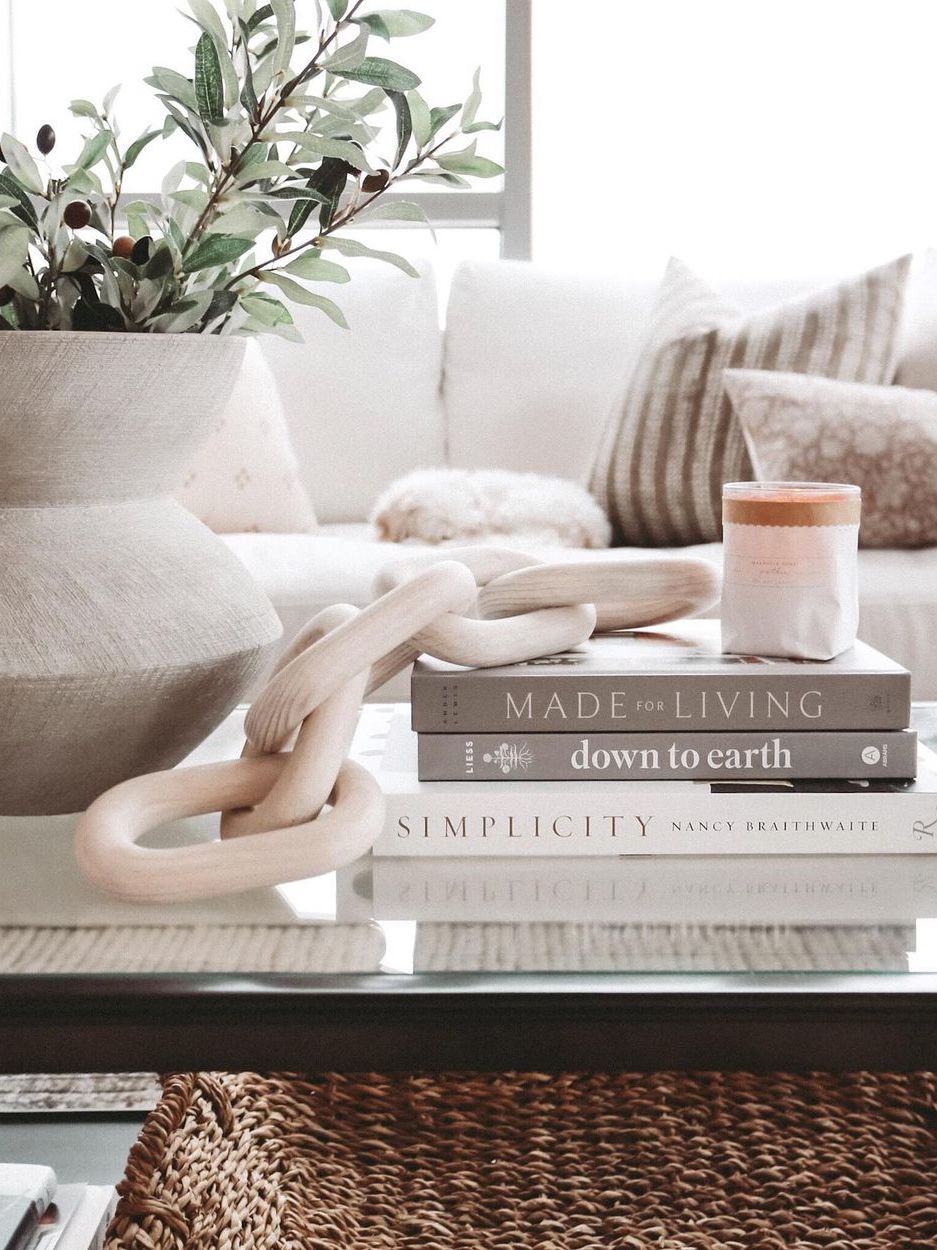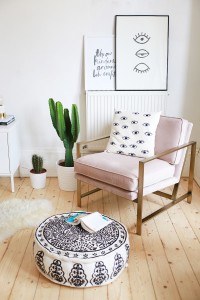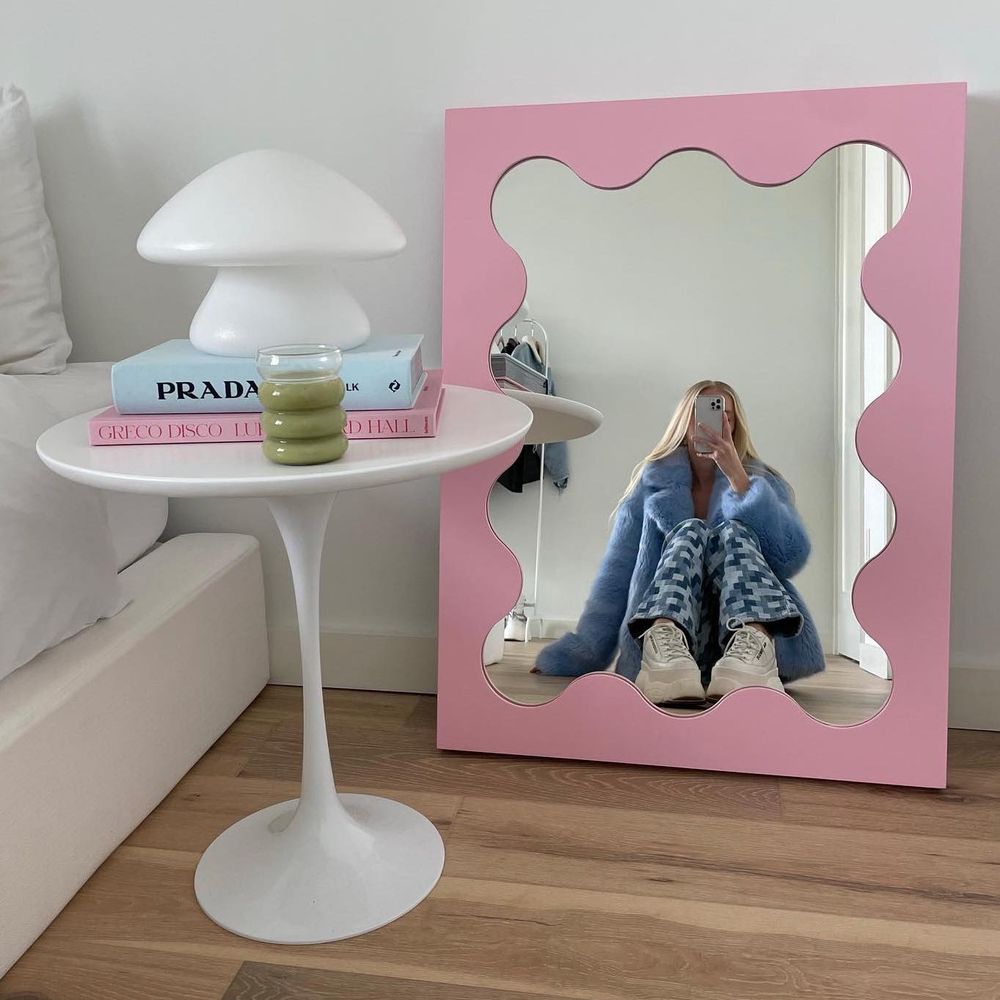House plants are one of the most common and popular ways to decorate a home in America. House plants can add a decorative touch to any space and make it feel more inviting and homey. Certain types of house plants can be used to create a natural barrier between rooms or to block views from outside.
Many house plants have air-purifying properties that can help remove pollutants from the air and improve indoor air quality. Some studies have also suggested that having plants in the home can help reduce stress and boost your overall mood. Some house plants release moisture into the air through a process called transpiration, which can help improve humidity levels in your home and alleviate dry skin, coughs, and sore throats. Certain types of plants, such as fiddle leaf figs and rubber plants, have large leaves that can absorb sound waves and help reduce noise levels in your home.
Caring for plants can be a rewarding hobby that allows people to learn about different types of plants, experiment with different care techniques, and watch their plants grow and thrive. If you don’t have access to a garden or outdoor space, house plants can provide a connection to nature and bring a sense of calmness and tranquility. That’s why they’re commonly found in city apartments like NYC or LA.
If you’re thinking about buying some house plants for yourself, here are the top 10 house plants we recommend for your home.
Fiddle Leaf Fig
The Fiddle Leaf Fig is a popular plant adds a statement to any room and requires bright, indirect light. We shared the best faux fiddle leaf figs recently if you don’t want to be responsible for caring for your very own house plant just yet! Fiddle Leaf Fig trees are great for making a statement at home since they tend to be quite large. They work in myriad home styles from traditional to boho to tropical.
Monstera
The Monstera plant is known for its unique leaves and requires bright, indirect light. Also known as Swiss cheese plants, Monsteras can make excellent house plants if you dream of a plant with large, striking foliage.
The large, fenestrated leaves of Monstera plants are highly sought after for their unique and attractive appearance. They can add a bold, tropical feel to any room in your home.
Monstera plants are generally easy to care for and tolerate varying light and humidity levels. They prefer bright, indirect light and moist soil, but can also tolerate periods of drought.
Majesty Palm
Majesty Palm (Ravenea rivularis) is a popular house plant that is native to Madagascar. It is a tropical palm plant with long, feathery fronds that can grow up to 8 feet long, making it an impressive and attractive addition to any room in your home.
Majesty Palms prefer bright, indirect light and moist, well-draining soil. They also require a humid environment, so it is recommended to mist the leaves regularly or place the plant near a humidifier. In terms of temperature, Majesty Palms prefer a warm environment with a minimum temperature of around 60°F (15°C).
While Majesty Palms can be a bit more challenging to care for than some other house plants, they are still a popular choice due to their exotic appearance and ability to bring a touch of the tropics into your home.
Bird of Paradise
Bird of Paradise (Strelitzia reginae) is a tropical plant that is prized for its large, colorful flowers that resemble the head of a bird. The plant is native to South Africa and is often grown as a house plant in other parts of the world.
Bird of Paradise plants prefer bright, indirect light and well-draining soil. They also require a warm, humid environment, so it is recommended to mist the leaves regularly or place the plant near a humidifier. They can tolerate periods of drought, but do not like to be overwatered.
To be honest, Bird of Paradise plants require a bit more care than some other house plants, but I promise they can be a stunning addition to any room in your home, especially when they are in bloom. The flowers can last for several weeks and come in shades of orange, blue, and purple, making them a unique and eye-catching addition to your plant collection.
Snake Plant
Also known as mother-in-law’s tongue, the Snake plant is easy to care for and can tolerate low light and infrequent watering. Also known as Sansevieria, they are excellent house plants as they are self-sufficient, require minimal watering and light, and have air-purifying properties.
Spider Plant
The Spider plant is known for its air-purifying properties and can thrive in various lighting conditions. Spider plants have long, thin leaves that grow in a cascading fashion, making them an attractive addition to any room in your home. Chlorophytum comosum is a popular house plant to consider.
Pothos
Pothos is a good house plant because it is easy to care for, grows quickly, and can endure diverse lighting and watering conditions. This trailing plant is great for hanging baskets and can tolerate low to moderate light. It’s also called “Devil’s ivy” and is native to the Mo’orea islands of French Polynesia.
ZZ Plant
The ZZ plant is very low maintenance and can handle low light and irregular watering. A ZZ Plant (Zamioculcas zamiifolia) is a popular house plant known for its waxy, dark green leaves and its ability to tolerate low light and drought conditions. It is a low-maintenance plant that is easy to care for and is a good option for beginners or those with limited natural light in their homes.
Peace Lily
The Peace Lily plant is known for its ability to purify the air and can thrive in low to moderate light. A Peace Lily (Spathiphyllum) is a popular house plant known for its attractive white flowers and its ability to tolerate low-light conditions. It is also an effective air-purifying plant and can help remove pollutants like benzene, formaldehyde, and ammonia from the air. Peace Lilies are easy to care for and a good option for a low-maintenance plant that adds charm to their home.
English Ivy
The English Ivy trailing plant is great for purifying the air and can survive in low to moderate light. English Ivy (Hedera helix) is a type of climbing vine that is often grown as a house plant. It has distinctive, lobed leaves and can grow long, trailing vines. It prefers cooler temperatures and moist soil and can be grown indoors or outdoors, depending on the climate.
Rubber Plant
A Rubber Plant (Ficus elastica) is a tropical tree that is often grown as a house plant. It has large, glossy, leathery leaves that are typically dark green, but can also be variegated with shades of cream or white. The leaves can grow up to 12 inches long and 6 inches wide.
Rubber plants are considered to be moderately easy to care for. They prefer bright, indirect light and moist, well-draining soil. They can tolerate some drought, but do not like to be overwatered. In terms of temperature, they prefer to be in a warm environment with a minimum temperature of around 60°F (15°C). With proper care, a Rubber Plant can grow to be several feet tall, making it an impressive and attractive addition to any home.
Philodendron
Philodendron is a large genus of tropical plants that are often grown as house plants for their attractive foliage. They are known for their heart-shaped leaves and vining growth habit, which makes them an ideal plant for trailing out of a hanging basket or climbing up a trellis.
Philodendron plants are generally easy to care for and can tolerate diverse lighting and suboptimal watering times. They prefer bright, indirect light and moist, well-draining soil. They can also tolerate periods of drought but do not like to be overwatered.
Remember to choose a plant that fits your space, lighting conditions, and lifestyle, and always research its specific care requirements before bringing it home.
Caring for House Plants
Caring for house plants can vary depending on the specific type of plant you have, but here are some basic steps that apply to most house plants.
- Watering: Most plants need to be watered regularly, but the frequency and amount of water required can vary depending on the plant’s species, size, and environmental conditions. Generally, you should water your plants when the soil is dry to the touch, and be careful not to overwater as this can lead to root rot.
- Lighting: Different plants have different lighting requirements, so it’s important to place your plants in the right spot based on their needs. Some plants prefer bright, indirect light, while others can tolerate low-light conditions.
- Humidity: Some plants require higher humidity levels than others, so you may need to mist your plants or place a humidifier nearby to keep them happy.
- Soil: Good soil is important for healthy plant growth. Use a high-quality potting mix that is appropriate for your specific plant.
- Fertilizing: Most plants benefit from periodic fertilization, especially during the growing season. Use a balanced, water-soluble fertilizer and follow the instructions on the packaging.
- Pruning: Regular pruning can help keep your plants healthy and looking their best. Remove any dead or yellowing leaves, and trim back any overgrown stems or branches.
- Pest control: Check your plants regularly for pests such as spider mites, mealybugs, and scale insects. If you notice any infestations, treat your plants with an appropriate pesticide or insecticidal soap.
Remember to research the specific care requirements for your plants and adjust your care routine as needed. With a little love and attention, your house plants can thrive and bring beauty and joy to your home!
